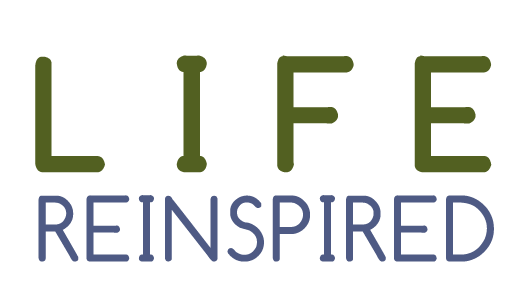This is the third in a series of blog posts on successful retirement/transition planning from a company perspective. In the first blog, we talked overall about the potential cost (up to 213% of annual salary), and the steps to plan well in order to mitigate those costs. In the second blog post we talked broadly about succession planning. In today’s post we’ll cover transfer of institutional knowledge and in the next and final post in this series, we’ll talk about mentoring and consulting both pre and post exit. Although it is an aspect of institutional knowledge transfer, it deserves a blog of its own.
Transfer of institutional knowledge from an exiting manager or executive to a successor and/or internal team is the most critical aspect of the exit process.
This knowledge includes both the practical and relationship knowledge it takes to make a company or department run well.  It can take months to years to set up good processes and relationships, and to learn how different departments interface to create successful outcomes in the business. This knowledge can be taken for granted. Depending on the position the employee held and the type of business, it can take months and hundreds of thousands of dollars to absorb the breakdown in process generated by the exit and then rebuild what was lost. This has impact on product quality, employee morale and customer satisfaction and thus the bottom line. Because there isn’t a budget line for this sort of cost and impact, it often gets overlooked until it is felt after the exit, and then it’s too late to do anything about it.
It can take months to years to set up good processes and relationships, and to learn how different departments interface to create successful outcomes in the business. This knowledge can be taken for granted. Depending on the position the employee held and the type of business, it can take months and hundreds of thousands of dollars to absorb the breakdown in process generated by the exit and then rebuild what was lost. This has impact on product quality, employee morale and customer satisfaction and thus the bottom line. Because there isn’t a budget line for this sort of cost and impact, it often gets overlooked until it is felt after the exit, and then it’s too late to do anything about it.
Planning ahead is essential. Think about both the practical skills and experience that need to be replaced for successful business outcomes, as well as the personal qualities needed for employee morale and productivity. Here are some key questions that will guide you in your planning:
- What key relationships is the exiting manager/executive involved in? For this question it’s important to look at the reporting relationships structure both above and below the employee as well as the lateral relationships which are often overlooked.
- How are business outcomes impacted through those relationships? What is the employee doing day-to-day to keep work moving forward through these relationships? How will you transfer them? Will they all go to one person or multiple people?
- What business process knowledge does the departing employee hold? Is it written down anywhere? If not, how much can be documented, who will document it and how long will that take? Who will be trained to keep those processes moving forward? Will it be an individual or a team who takes this on?
- What skills and experience does the departing employee have that need to be replaced in the organization? Will that be done through mentoring inside the organization or through hiring from the outside? Or both?
- What is it about the departing employee that everyone will miss? It could be integrity, kindness, good leadership, clear communication…whatever it is, those are qualities that keep employees productive in the business. Look both inside to mentor and grow these qualities in existing employees and outside the organization to hire them in.
You may look at this list and think, who has the time and budget to do this? The business will spend the time and money one way or the other. If you wait until after the exit, the cost in time and money will be higher, and the risk of negative impact on product quality and customer satisfaction will be higher. Planning ahead mitigates cost and negative impact on the business and thus the bottom line. An added bonus is through this process you may end up asking lots of great questions with the outcome of more efficient processes and relationships overall.
Contact us to learn more about how our Life Reinspired programs can help add value to your company while supporting your retiring employees.



Recent Comments